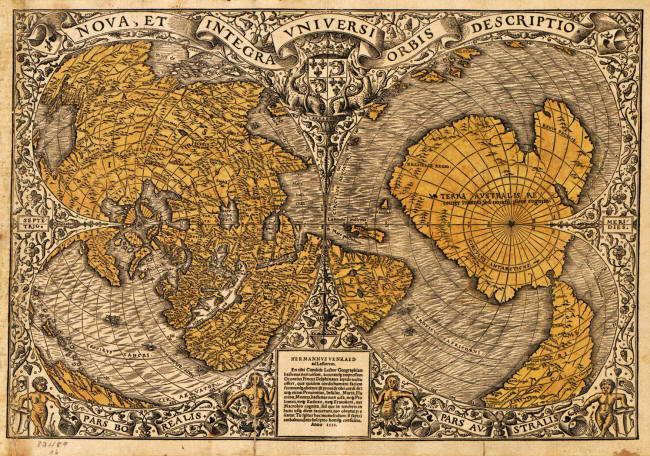

This was known as running down a westing, if westbound, easting, otherwise. They would sail to the latitude of their destination, turn toward their destination, and follow a line of constant latitude.

In order to avoid problems with not knowing one's position accurately, navigators have, where possible, relied on taking advantage of their knowledge of latitude. This was inaccurate on long voyages out of sight of land and these voyages sometimes ended in tragedy as a result. Hapgood thought it odd that some of the early maps seemed too accurate to have been drawn by medieval sailors and that successive charts showed no signs of development.Īfter comparison, he found that the portolanos were much more accurate than maps made by Ptolemy, the most famous geographer in the ancient world, in the 2nd century AD.ĭetermining latitude was relatively easy since it could be found from the altitude of the sun at its highest point with the aid of a table giving the sun's declination for the day, or from many stars at night.įor longitude, early ocean navigators had to rely on dead reckoning, the process of calculating one's current position by using a previously determined position, or fix, and advancing that position based upon known or estimated speeds over elapsed time and course. Portolan charts were realistic depictions of coastlines and their ports, drawn by navigators from their own experience and for their own guidance. Portolan charts came about in the late 13th century. The maps that Hapgood studied were portolano, or port to port, maps. In fact, it corresponded with fifty-five specific geographical locations on the continent. The report showed there was high correlation between Antarctica under the ice with large portions of the map. Writing to the United States Air Force, he asked if there was any correlation between various geographical details on the Piri Reis Map and results of seismic findings conducted by the Swedish-British-Antarctic Expedition of 1949. However, when we refer to Antarctica as a continent, we are referring to Greater Antarctica, which is roughly the size of the continental United States. Another amazing thing that attracted him to this map was that it appeared to show the continent of Antarctica, three centuries before it was discovered in 1818.Īntarctica is actually two large bodies of land, Greater and Lesser Antarctica.


 0 kommentar(er)
0 kommentar(er)
